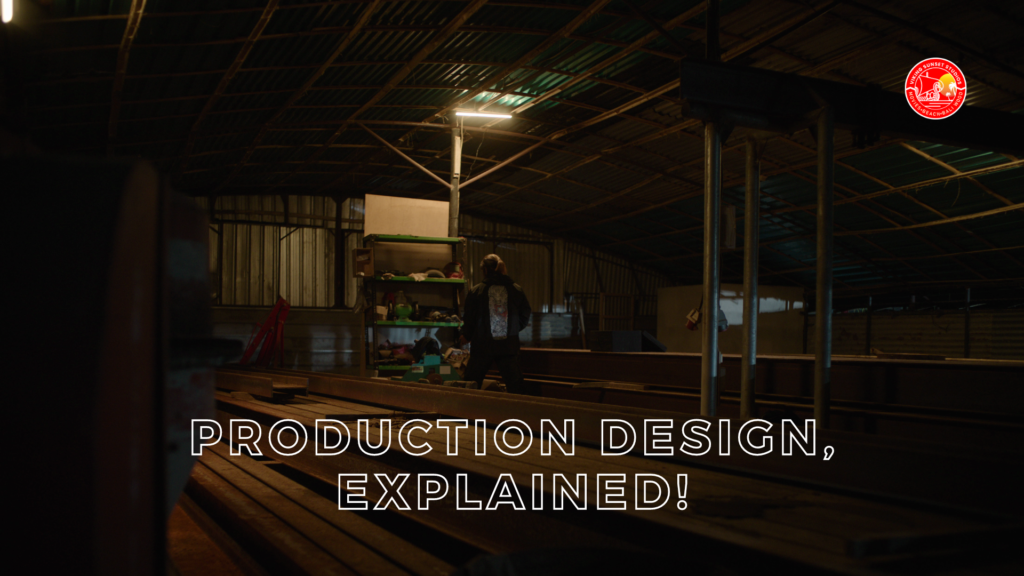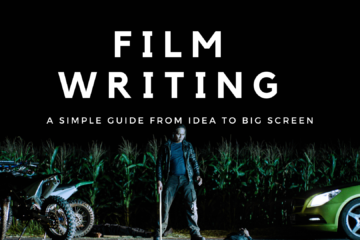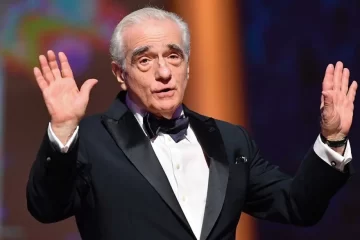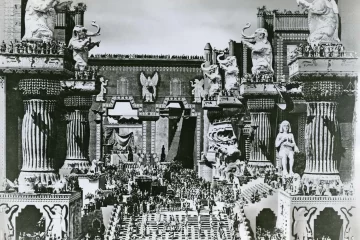
In the mesmerizing realm of filmmaking, where storytelling transcends the boundaries of imagination, one crucial yet often overlooked aspect plays a pivotal role in bringing the director’s vision to life: production design. For the uninitiated, the term might sound like a cryptic jargon from the inner sanctum of the film industry, but fear not, for this essay aims to demystify the enchanting world of production design, unraveling its significance, process, and impact on the cinematic experience.
The Canvas of Filmmaking: What is Production Design?
At its core, production design is the art of creating the visual world within which a film unfolds. It is the meticulous crafting of every visual element on the screen, from the grandiose sets to the minute details that escape the untrained eye. Imagine a painter with a blank canvas, only in this case, the canvas is the film set, and the painter is the production designer.
In the film “The Grand Budapest Hotel,” directed by Wes Anderson, production designer Adam Stockhausen meticulously curated a whimsical world that perfectly complemented Anderson’s unique visual style. The vivid color palette, quirky set pieces, and meticulous attention to detail turned the hotel into a character in its own right, enhancing the storytelling in ways words alone could not achieve.
Read more about filmmaking here
The Architect of Dreams: The Role of a Production Designer
A production designer is akin to an architect, sculptor, and storyteller rolled into one. They collaborate closely with the director to translate the script’s essence into a tangible, visually striking reality. Picture a blueprint for a house – the production designer creates the blueprint for the film’s visual aesthetics.
In the science fiction classic “Blade Runner,” directed by Ridley Scott, production designer Lawrence G. Paull envisioned a dystopian future where towering skyscrapers were shrouded in perpetual darkness and neon lights painted the cityscape. This visual landscape became an integral part of the narrative, reflecting the film’s noir influences and cyberpunk themes.
The Palette of Emotions: How Production Design Influences Mood
One of the production designer’s primary tasks is to use visual elements to evoke specific emotions and immerse the audience in the film’s atmosphere. Lighting, color schemes, and set design all contribute to creating the desired mood.
Consider the film “The Shawshank Redemption,” directed by Frank Darabont. The prison setting is deliberately drab, with cold and muted colors dominating the palette. This intentional design choice enhances the sense of confinement and despair, reinforcing the emotional impact of the characters’ struggle for freedom.
Building Blocks of a Scene: Set Design and Props
Within the broader scope of production design, set design and props are the building blocks that shape the world in which the characters exist. Set design involves creating the physical environment, while props are the tangible objects that populate that space.
In Quentin Tarantino’s “Pulp Fiction,” production designer David Wasco created iconic sets such as Jack Rabbit Slim’s, a ’50s-themed restaurant. The meticulous attention to period-specific details, from the checkered floor to the vinyl booths, transported the audience to a different era, enhancing the film’s nostalgic and stylized atmosphere.
The Invisible Hand: Costume Design and Makeup
Production design extends beyond the physical environment to include the appearance of the characters themselves. Costume design and makeup are integral components that contribute to the authenticity of a film’s world.
Consider the fantasy epic “The Lord of the Rings: The Fellowship of the Ring,” directed by Peter Jackson. Costume designer Ngila Dickson and makeup artist Peter Owen collaborated to bring the diverse races of Middle-earth to life. The elaborate costumes of the elves, the rugged attire of the dwarves, and the distinctive makeup for creatures like Gollum all played vital roles in creating a believable and immersive fantasy world.
Time Travel through Design: Period Films
For films set in a specific historical period, production design becomes a form of time travel. The design team must meticulously recreate the look and feel of the chosen era, from architecture to fashion, to transport the audience to a different time.
In “The Great Gatsby,” directed by Baz Luhrmann, production designer Catherine Martin delved into the opulence of the Roaring Twenties. The lavish Art Deco sets, glamorous costumes, and decadent props transported viewers to the extravagant world of Jay Gatsby, capturing the essence of the Jazz Age.
The Collaboration Dance: Production Design and Cinematography
The synergy between production design and cinematography is akin to a dance – each movement complements the other, resulting in a harmonious visual spectacle. Cinematography captures the meticulously designed sets in all their glory, emphasizing the visual language established by the production designer.
In Christopher Nolan’s “Inception,” cinematographer Wally Pfister collaborated closely with production designer Guy Hendrix Dyas to navigate the intricate dreamscapes of the film. The mind-bending visuals, from folding cityscapes to zero-gravity fights, were made possible through the seamless integration of production design and cinematography, creating a visually stunning and immersive experience.
Conclusion: The Artistry Beyond the Screen
As the credits roll and the lights come up, the magic of production design lingers in the minds of the audience. It is the silent architect of cinematic dreams, shaping worlds, emotions, and narratives with a stroke of visual brilliance. For the aspiring filmmaker, understanding the importance of production design is akin to unlocking the gateway to a realm where imagination meets craftsmanship, and every frame becomes a canvas waiting to be painted. So, the next time you find yourself lost in the enchanting landscapes of your favorite film, remember the unsung heroes behind the scenes – the production designers who brought those dreams to life.




0 Comments